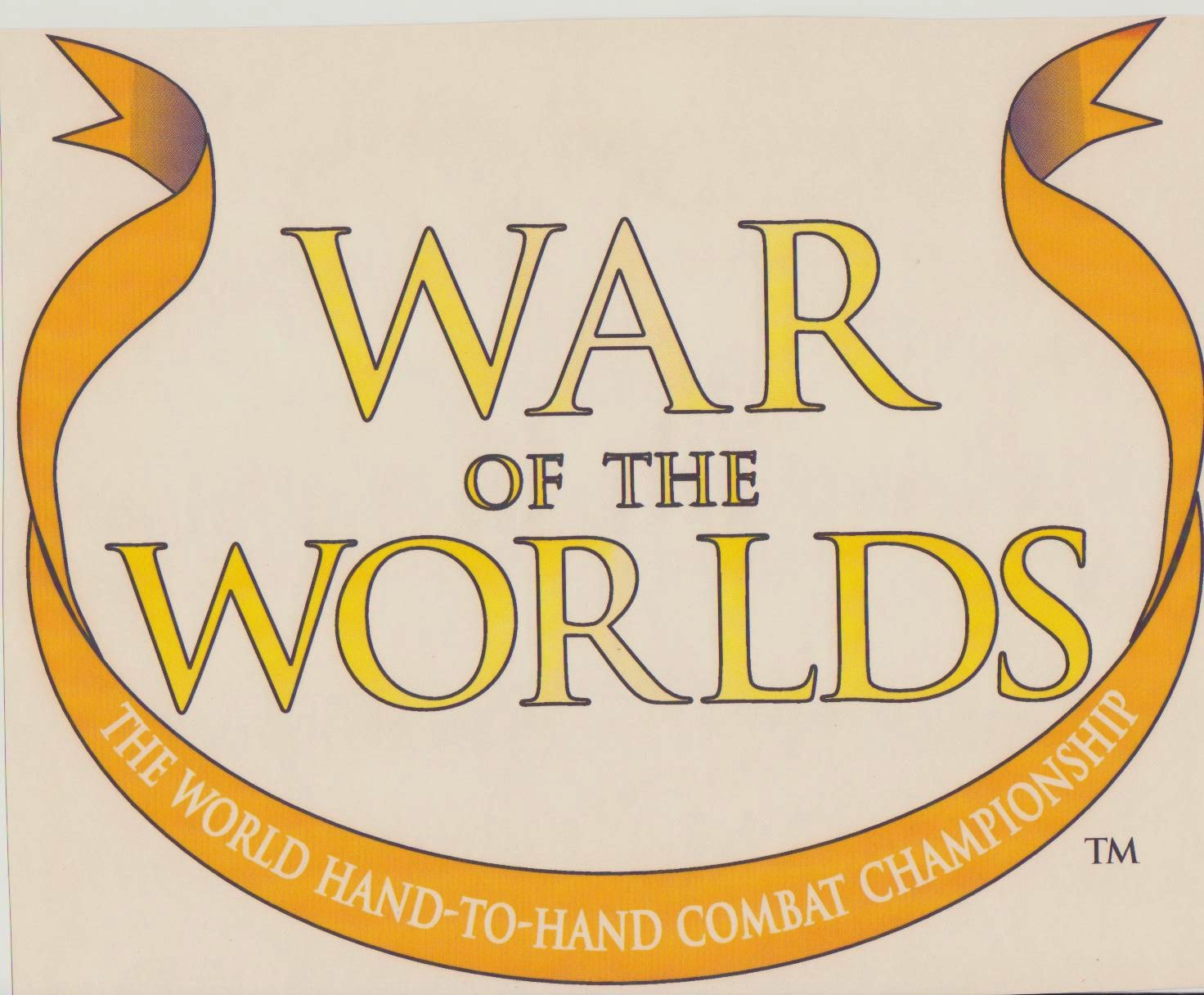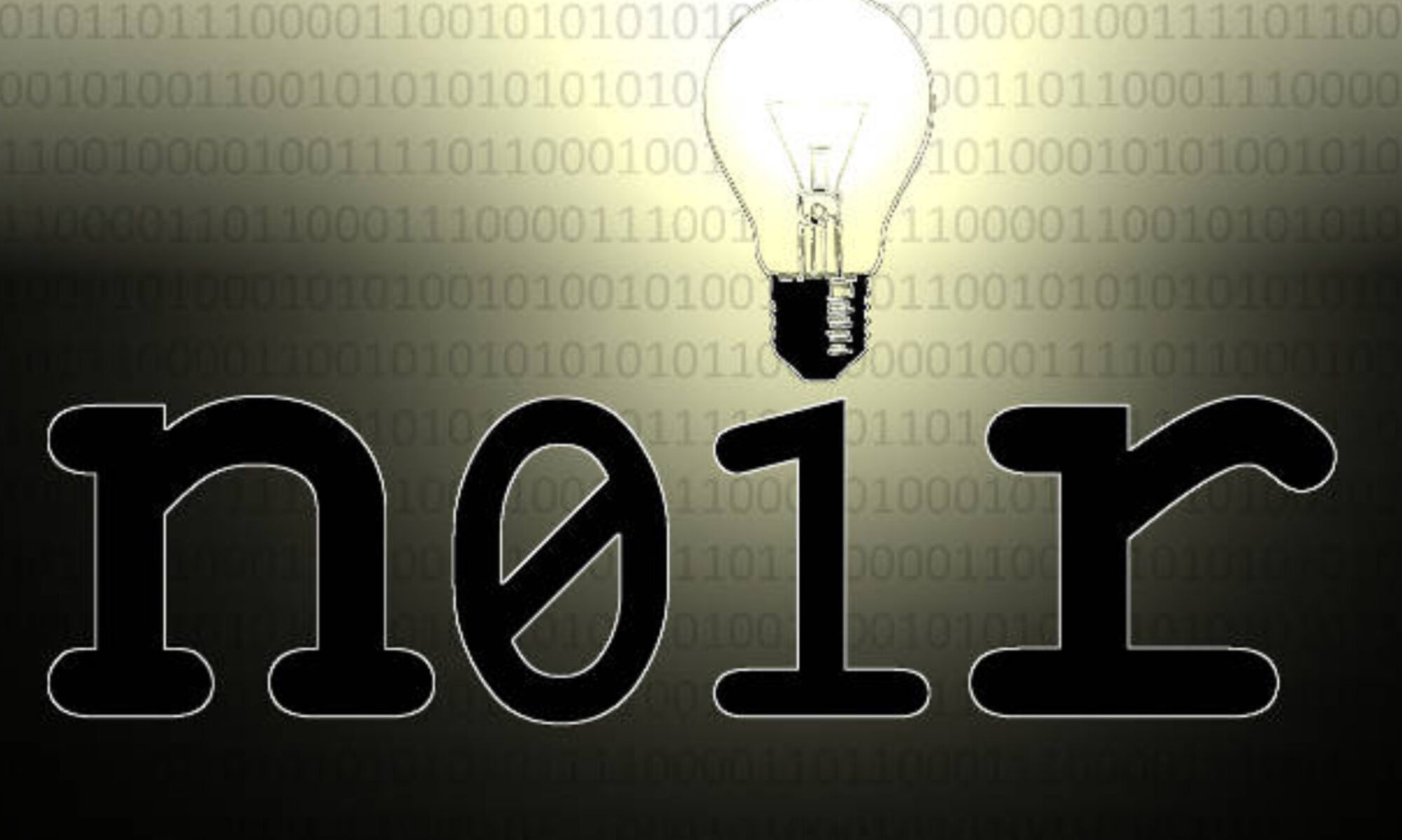I continue my research into “MMA culture and propaganda”, now being built out in a working paper entitled “In Submission to Male Nationalist Identities: MMA’s War of the Worlds“. It is turning into a bigger project than I anticipated. In the process of my research, I have come across very interesting observations which fit the contours of my emergent theory on Russian propaganda — not the least of which is that the original name for UFC was actually going to be “War of the Worlds“! But today I want to talk about the Boxer Rebellion.

So to get to the point, according to Wikipedia (to save time) : “The Boxer Rebellion (拳亂), Boxer Uprising or Yihetuan Movement (義和團運動) was a violent anti-foreign, anti-colonial, and anti-Christian uprising that took place in China between 1899 and 1901, toward the end of the Qing dynasty. It was initiated by the Militia United in Righteousness (Yihetuan), known in English as the “Boxers”, for many of their members had been practitioners of Chinese martial arts, also referred to in the west as “Chinese Boxing.” They were motivated by proto-nationalist sentiments, and by opposition to Western colonialism and the Christian missionary activity that was associated with it.”
What could this have to do with Russia?
As previously blogged here, there is evidence that the Theosophical Society which was founded by Helene Blavatsky (aka Helena Blavatsky) was used as a front by Russian intelligence to undermine the British Imperial position in India. Blavatsky was an aristocratic Russian with connections to the Tsar; and her confidants were among the first to spread The Protocols. Her operations occurred prior to the Marxist Bolshevik revolution, but the use of Theosophical networks in connection with Russian intelligence apparently continued into the Stalinist era (see Nicholas Roerich, aka Nikolai Rerikh).
There also seems to be ample evidence that senior Russian diplomatic figures associated with Theosophy and Russian ‘orientalism’ were proximate to the Boxer Rebellion.
The anti-Western “Prince Esper E. Ukhtomskii (1861-1921) was the key figure behind the “White Tsar of Asia” myth” which “has been employed in relation to Asian nationalities in order to legitimate Russia’s claims to dominion over the East“. These views seem derivative of Russian nationalist mythology related to the legacy of Ivan IV and the Golden Horde, and a view which saw Russia as “the Byzantium of China” and a belief that it was the “‘wish’ of the Asian peoples to submit to Russia“.
Ukhtomskii (aka Ukhtomsky) worked with members of Theosophy to spread ‘syncretic universal religion’ in Russia, supported Helene Blavatsky, and felt that Theosophy could apparently provide a bridge for reconciling Christianity with eastern religions and mysticism. Ukhtomskii was ultimately “hurt by the accusations of charlatanism against the Theosophical Society, and he suggested that Great Britain might have instigated them to counter the Russian presence in India“, which reciprocally echoes British counterclaims against the Theosophists – specifically Blavatsky – as Tsarist spies.
Ukhtomskii came from a noble family with a military tradition that had endured some humiliation due to the loss of the Crimean War, and was a travelling companion, chronicler, and close friend of Nicholas II. The French diplomatic ambassador in China said “the tsar has chosen to make him the interpreter and the main architect of Russian policy in Eastern Asia“. A British journalist wrote: While Ukhtomskii “does not have an official status and is not recognized by the diplomatic Corps, the Chinese regard him as the ‘tsar’s brother’, or even as the tsar himself.”
Despite leveraging the Chinese defeat by the Japanese to occupy Manchuria in 1895 — in 1896, Russia signed a secret treaty with China to protect the Chinese from future attack (some sources say ‘any attack’ and others say ‘Japanese attack’). Much like in the case of WW2 where Russia found itself ‘on both sides’, in this diplomatic environment, Ukhtomskii was sent to China in 1900 between competing requests from the West and the Chinese for Russian support. While Russia did provide troops to support the Western powers during the uprising – highlighting its fraught nature on the global stage – archival documents show that the power elite of Russia at the time were sympathetic to the Qing dynasty and more concerned with undermining the West and concerned about what would happen if China fell into the West’s orbit vs Russia’s from a military perspective.
Ukhtomskii seems to have failed at moderating the crisis, and the view of his failure seems to also correspond to an escalation in regional tensions which led to Russia’s defeat by the Japanese in 1905 (an event which coincidentally correlates with the widespread adoption of Judo as sport in Russia, and in accordance with Japanese imperial ‘propaganda’ objectives to popularize martial arts elsewhere).
Beyond the strong Russian diplomatic presence in China around the time of the rebellion, which parallels apparently similar efforts by Russian Theosophical agents to undermine the British empire, the ‘legendary’ fighting style which underpinned the Boxer Rebellion was also connected to narratives about Russia.
As my “MMA’s War of the Worlds” paper will hopefully show, there has been a strong connection between nationalist identity and the fighting arts – one need only look to Judo, Sambo, and Brazilian Jiu Jitsu as examples. What is called “fight diplomacy” or “Judo diplomacy” today by some commentators in relation to Russian geopolitics is not so new of a concept actually. Perhaps when considered in combination with the idea of the metaphorically analogous “psychological judo” as a ‘black propaganda’ technique, we can have a better idea of how the concept might have evolved over time.
In the case of the Boxer Rebellion, there seems to be a suggestion that the fighting style of the eponymous ‘Boxers’ was “Plum Blossom“, “Plum Flower“,”Plum Blossom Mantis“, or simply “Mantis” Kung Fu. (There may be greater technical distinction between some of these styles which I will not explore.)
There seems to have been a large psychological conditioning element to the movement – which gave the Boxers a belief in their superhuman powers to fend off modern weapons and bullets for example. Today, the concept of the Boxers as heroic – if misguided – nationalists has returned to some importance in Chinese nationalist discourse. It is easy to see their delusional perspective when viewed from a rationalist lens, however in the time of the boxers, the idea of the ‘Chinese knight-errant’ (Wuxia Pian) was popular in Chinese fiction and “reflect[ed] the wishful thinking of a weakened nation in the face of foreign powers with superior military strength.”
Such fantastic expectations of the powers of Chinese boxing technique paralleled the Wuxia Pian genre of nationalist chivalric Chinese fiction. Wuxia Pian is contrasted with Kung Fu in the sense that Wuxia Pian involves armor and weapons, vs Kung Fu being traditionally unarmed. However, we can see a blending of these concepts which bleeds into Chinese populist fantasies in the time of the rebellion. (A similar idea is even considered in the scholarly literature in the case of modern Chinese “Kung Fu diplomacy“ relative to the international reception to the film Crouching Tiger Hidden Dragon.)
In this vein, tales of the semi-mythical figure Fan Xu Dong (sometimes called Shifu Fan Xu Dong, Fan Yu Tung, Fahn Yat Tung, Fan Yuk Tung, and Fang Yuk Toung) — the “King of the Mantis Boxing” or “Patriot Kungfu Fighter” — seem to have been used to spread the legend of Chinese martial arts superiority relative to the fighting techniques of other foreigners (such as Japanese) practicing in China at the time of the rebellion. Notable stories specifically relate to Fan’s single-handed killing of two bulls and graceful agility in battle (rolling between the legs of a Samurai despite being 200-300 pounds — in addition to fatally slicing the femoral artery of the Samurai and simultaneously demonstrating narrative superiority of Chinese sword technique).
The myths of Fan Xu Dong state : “in 1875, Fan was sent by the Yantai Kung Fu club to Siberia to fight against Russia’s Champion. There he not only defeated his Russian advesary [sic] but several others as well becoming the Grand Champion.” “Shifu Fan Xu Dong defeated the Russian boxer and after defeating the Russian fighter, he picked up a broadsword and waved it about his head. The people started chanting “The Giant With the Broadsword”. This match made him a national hero.”
Thus the mythical fighting style that was associated with the Boxer Rebellion was associated with tournaments in Russia as well as Chinese nationalist feelings of pride, prior to the rebellion itself. One can only wonder if Russian cultural agents perpetuated this belief in the efficacy of Plum Blossom style, since the credibility of the art from a fighting perspective seems to be tied to Russian sources giving it legitimacy in a word of mouth sense.
When placed in the diplomatic context, we can perhaps see continuity. The dialog around the mystical fighting powers of Fan Xu Dong align China with Russia – and against Japan – in a way that also aligns with the diplomatic agreements in place between China and Russia before and after the time of the rebellion. Russia’s geopolitical interests are broadly also reflected in the mystical ‘propaganda’ objectives of Ukhtomskii elsewhere in Asia. (Considering the idea of Russia helping to psychologically condition ethnic radicals in the modern day, perhaps it isn’t so controversial to project this question into the past.)
Russia was in a strong position to capitalize on the rebellion based on its position between the factions. The history shows that Russia used its position to opportunistically seize maritime assets for example (which angered the Chinese) and to strengthen its economic grip on Manchuria. Contemporary Western power thinking on Russia’s strategy during the time of the rebellion seems to indicate mindfulness of the potential for conspiracy — ” Robert Hart muttered that “The Russians are playing their own game.” Petersburg’s dovish stance infuriated the West. Britain’s prime minister, Lord Salisbury, at one point felt that “Russia, not China, seems to me to be the greatest danger.” Kaiser Wilhelm II dismissed Lamsdorf’s statements as “Rubbish any self-respecting secretary from one of our legations wouldn’t dream of writing.” Even a French diplomat charged that, “if it did not directly provoke [the Boxers, Russia] has perhaps encouraged them. It well knows how to benefit from the situation.” “(source)
Regarding the literal effectiveness of the Boxers’ martial arts, it seems hard to accept that the folk interpretations of Fan Xu Dong’s talents are actually true — however, there is ample evidence of similar stories being used to cultivate Chinese nationalism outside the context of the Boxer Rebellion.
In the end, there is no doubt that the emancipation of people subject to unjust subjugation is always the correct moral choice. Thus the point of this post is not to lament the fall of the British Empire relative to the hypothetical subversions of Theosophy.
However, the point is to show that Russia’s influence tactics follow somewhat predictable historical contours, and potentially that the nationalistic application of Mantis-style Kung Fu in the Boxer Rebellion seems to also fit in the context of these influence campaigns based on past and present geopolitical observations relative to Russian promotion of nationalist movements.
While rules-based fighting competition can be a constructive outlet for a civil society, as the Boxer Rebellion shows, the development of a nationalist fighting style and accompanying ideology can also foment revolution in a sense which aligns with propaganda and influence campaigns.
Liang Xuexiang (aka Wang Yunsheng among other spellings) seems to have been Fan Xu Dong’s trainer. Here we can see an example of the style of fighting associated with Liang Xuexiang practiced by one of the last original disciples:
